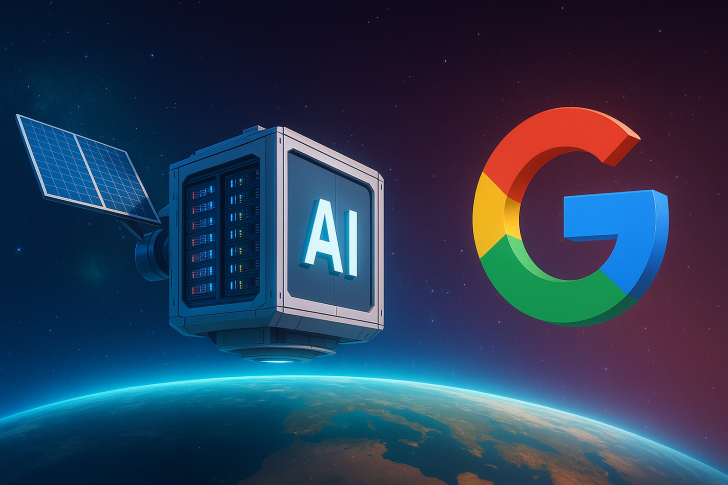● Google just dropped news about Project Suncatcher — their plan to launch AI data centers into space. The announcement came from Ask Perplexity and Sundar Pichai, revealing that two prototype satellites will head to low-Earth orbit in early 2027. Each satellite will carry four tensor processing units (TPUs) that'll run machine learning tasks powered directly by the Sun.
● This is Google's newest "moonshot" for sustainable AI infrastructure. At around 650 kilometers up, these satellites can tap into solar power eight times more effectively than on Earth — no atmosphere blocking the rays and no nighttime interruptions. Plus, cooling in the vacuum of space could slash up to 40% of typical data center energy costs. Combined, these benefits could seriously cut down the massive energy demands of AI computation, often called "AI mining" because of how resource-hungry it is.
● But there are real hurdles to clear. Getting hardware into orbit costs a fortune, and keeping AI systems running smoothly in high-radiation environments is no small feat. Google's Trillium TPUs have already been tested in a particle accelerator to mimic space radiation, reportedly handling 15 times the expected exposure. Even so, managing heat and keeping systems stable in orbit will need major breakthroughs before this goes beyond prototypes.
● The financial stakes are huge. By cutting out ground-level cooling and power expenses, orbital computing could save billions in global AI infrastructure costs. However, analysts point out that space-based operations create tricky questions around tax policy and energy regulation — traditional rules weren't designed for orbital assets. Some experts are calling for updated tax incentives for Earth-based green AI facilities to keep things competitive.
 Saad Ullah
Saad Ullah

 Saad Ullah
Saad Ullah


